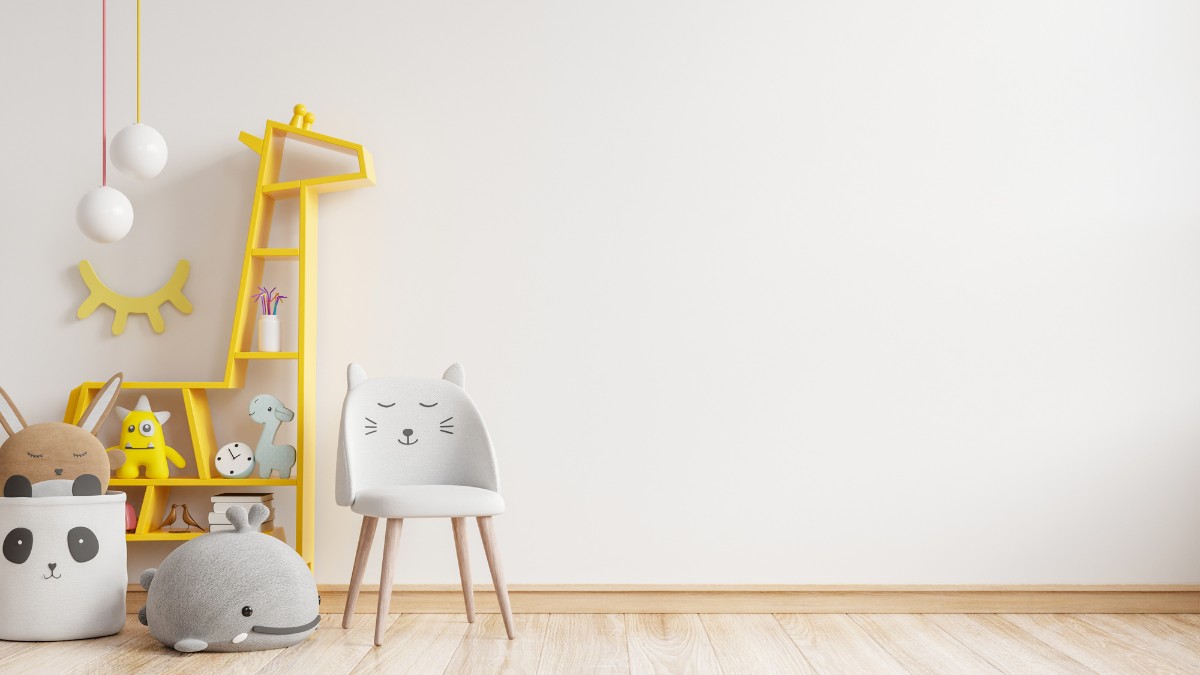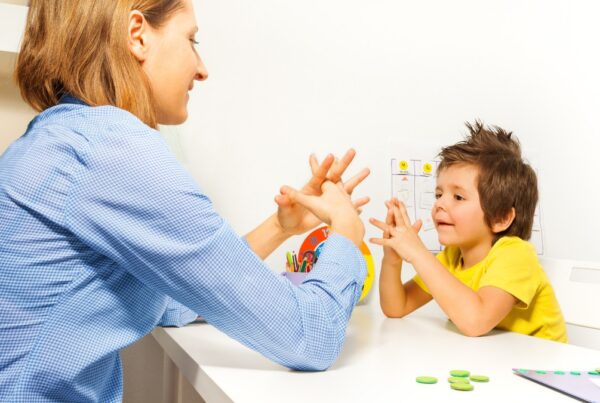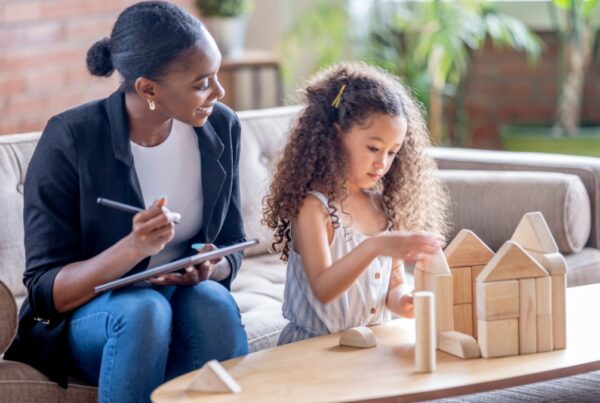Key Points:
- The ABA therapy room should be structured to facilitate learning and development, while being comfortable and safe.
- Sensory room designs are crucial for children with sensory processing issues, helping them regulate emotions and focus.
- Incorporating engaging, sensory-rich elements into the therapy environment enhances focus and behavior management in ABA.
Creating the perfect ABA therapy space is more than just about walls and furniture. It’s about setting the stage for growth and success. Thoughtful design elements in the room, like sensory-friendly areas, can foster better engagement and ensure your child feels comfortable while learning and progressing in therapy.
Creating a sensory room is an essential component of therapy especially since sensory processing difficulties are common among children with autism. Sensory room designs help children self-regulate by offering a variety of stimuli (visual, auditory, tactile) that they can interact with to either energize or calm themselves. These spaces provide a controlled environment where children can process sensory information and learn to manage emotional responses.
Here are a few ideas for creating a sensory room that supports ABA therapy:

How Can You Combine Both ABA Therapy and Sensory Rooms?
Integrating ABA therapy with sensory rooms can provide a balanced approach that addresses both behavioral goals and sensory regulation. Some children may struggle to focus or engage in ABA therapy due to sensory sensitivities, making it essential to include sensory elements within the therapy space. Combining these two elements can offer the right environment for learning and emotional regulation.
One of the key ways to integrate both is by establishing a dedicated sensory break area within the ABA therapy room. This space can include sensory tools like a weighted blanket, fidget toys, or a cozy corner for a child to retreat to when they need a break from the structured therapy environment. This sensory retreat can help prevent sensory overload, allowing children to calm down and re-engage more effectively in therapy.
Another effective strategy is to use visual cues to signal when it’s time to take a break or when activities will shift. A simple visual schedule or timer can help children understand when they will have the opportunity to engage in sensory activities, helping them anticipate transitions and reducing anxiety. This structure aids in creating predictability, which is beneficial for children on the autism spectrum who may feel more comfortable with routine.
Incorporating sensory-friendly items into the ABA room can also help children self-regulate throughout the therapy session. Calming sensory tools such as stress balls or textured fabrics can be used during tasks to provide tactile feedback, which can enhance focus and reduce stress. By seamlessly blending sensory strategies with ABA interventions, children receive the support they need to succeed in both therapeutic goals and emotional regulation.
Practical Tips for Parents Designing Their Own ABA Therapy or Sensory Rooms
As a parent, designing an ABA therapy or sensory room for your child might seem overwhelming, but with a few thoughtful considerations, it can become a space that fosters learning and growth. First, start by understanding your child’s specific needs. Consider their sensory preferences, physical capabilities, and learning style.
Another important aspect is flexibility. Children with autism may go through different developmental stages, so the room should be adaptable. Use adjustable furniture, like tables and chairs, that can grow with your child. Modular shelves and storage solutions can easily be rearranged to accommodate changing activities or interests. Flexibility in design ensures that the space continues to work as your child progresses.
Creating a budget-friendly therapy or sensory room doesn’t require expensive, high-tech equipment. Everyday items like soft pillows, weighted blankets, and inexpensive fidget toys can go a long way in creating a supportive atmosphere. Don’t be afraid to repurpose household items into tools for engagement. Simple materials can make a big difference in promoting focus and comfort.
Lastly, make the room inviting. Incorporate calming colors, comfortable seating, and sensory tools like squishy balls, textured fabrics, or soothing lights. A cozy, welcoming environment makes your child feel safe, reducing stress and helping them better engage in both therapy and relaxation.

Ready to Optimize Your Child’s ABA Therapy Environment?
If you’re looking for ABA therapy room ideas that suit your child’s unique needs, Crown ABA is here to help. Our skilled professionals work closely with families to create individualized therapy spaces to enhance engagement, focus, and progress.
Whether you’re setting up a sensory room, optimizing an ABA therapy area, or seeking comprehensive ABA therapy services for your child, we’re here to provide support every step of the way.
Contact us today to learn more about how our tailored ABA therapy programs in Maryland can benefit your child!





